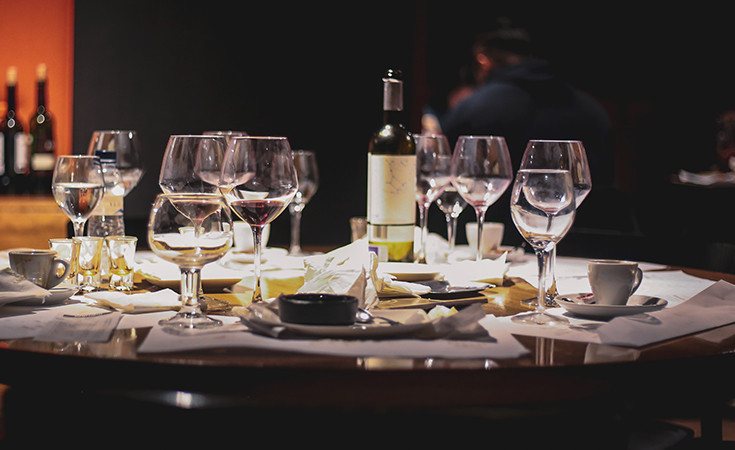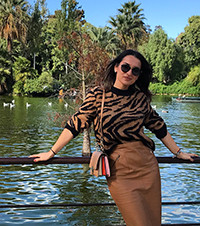
What to drink in Spain (Barcelona)? First association on mentioning sangria is Spain, then cheerful Barcelona. Both locals and tourists love it. The only “genuine” sangria is made exclusively in Spain. Sangria is a sweet red wine with liqueur or lemonade that adds acidity. They usually drink in the afternoon, after lunch, during a siesta. Spanish gin tonic, even though it does not originate from there, is the best, or they say so. Spaniards took hold of gin tonic as their own, it is served with cold top-shelf tonic, and not without a flower decoration.
Sidra is a Spanish iteration of apple cider that is always poured in glass from height in order to reduce acidity and sparkling.
Vino de Jerez is a popular wine from Andalusia, you can choose between red and white.
Vermouth, even though it originally comes from Italy, is highly appreciated in Spain. Some restaurants have the so-called “vermouth o’clock” on their menus which means that they serve vermouth before lunch. Vermouth means Artemisia in German which is one of main herb ingredients of this sweet-and-sour drink.
Alongside sangria, people in Spain largely drink beer (“cerveza”). There are many old breweries in Spain and Barcelona that offer many different homemade beers. There are some rules when it comes to serving beer in Spain:
CANA – the smallest beer glass, BOTELLIN – the smallest bottle of beer, BOTELLA – usual bottle of beer, TUBO – large beer in a thin glass, JARRA – largest bottle of beer
CAVA is Spanish champagne (sparkling wine) made the same way they make it in France.
Wine has been made in Spain for 2.000 years. There are two important regions for growing grapes: La Rioja – red wine, Ribera del Duero. Spanish word for wine is “vino”, vino blanco is white wine, tinto – red wine, Rosado – rosé. Tinto de Verano is red wine with lemonade, which is very similar to sangria. Calimocho is red wine with Coca Cola. Horchata is a dairy cocktail with nuts, water, sugar, almonds – it is refreshing, they drink it between lunch and dinner, as well as in the afternoon at the beach.
Author of the text:

Maja Glavaš, Bachelor with Honours in Communicology. Works in Tourism.
Contact: [email protected]; instagram: travel_europe1
Photo by Dyana Wing So on Unsplash